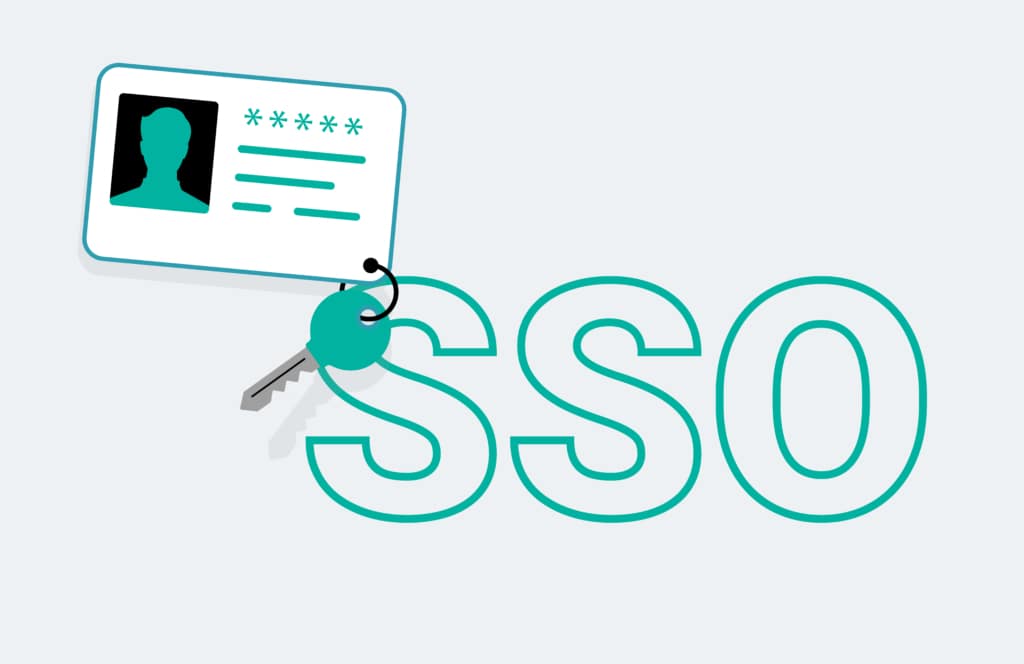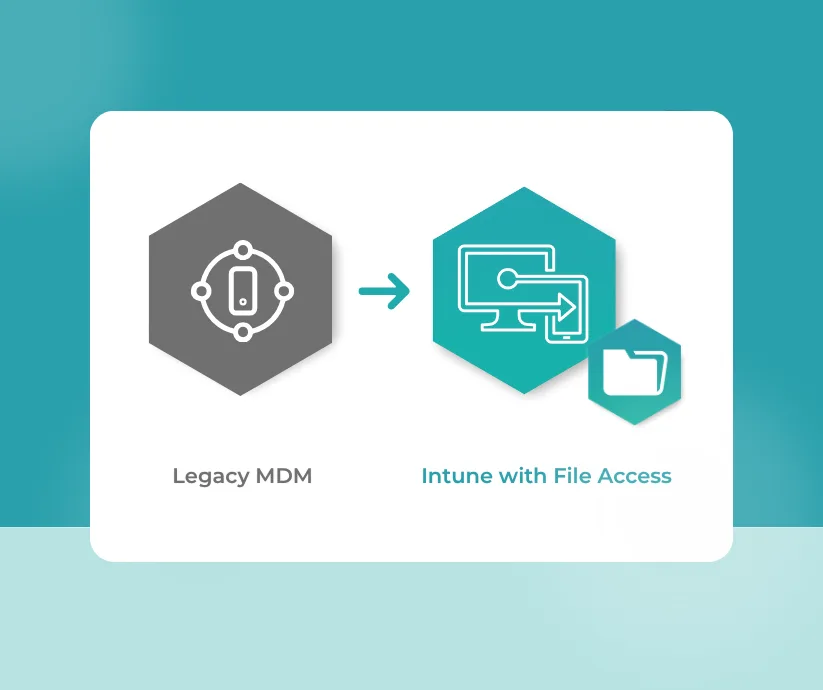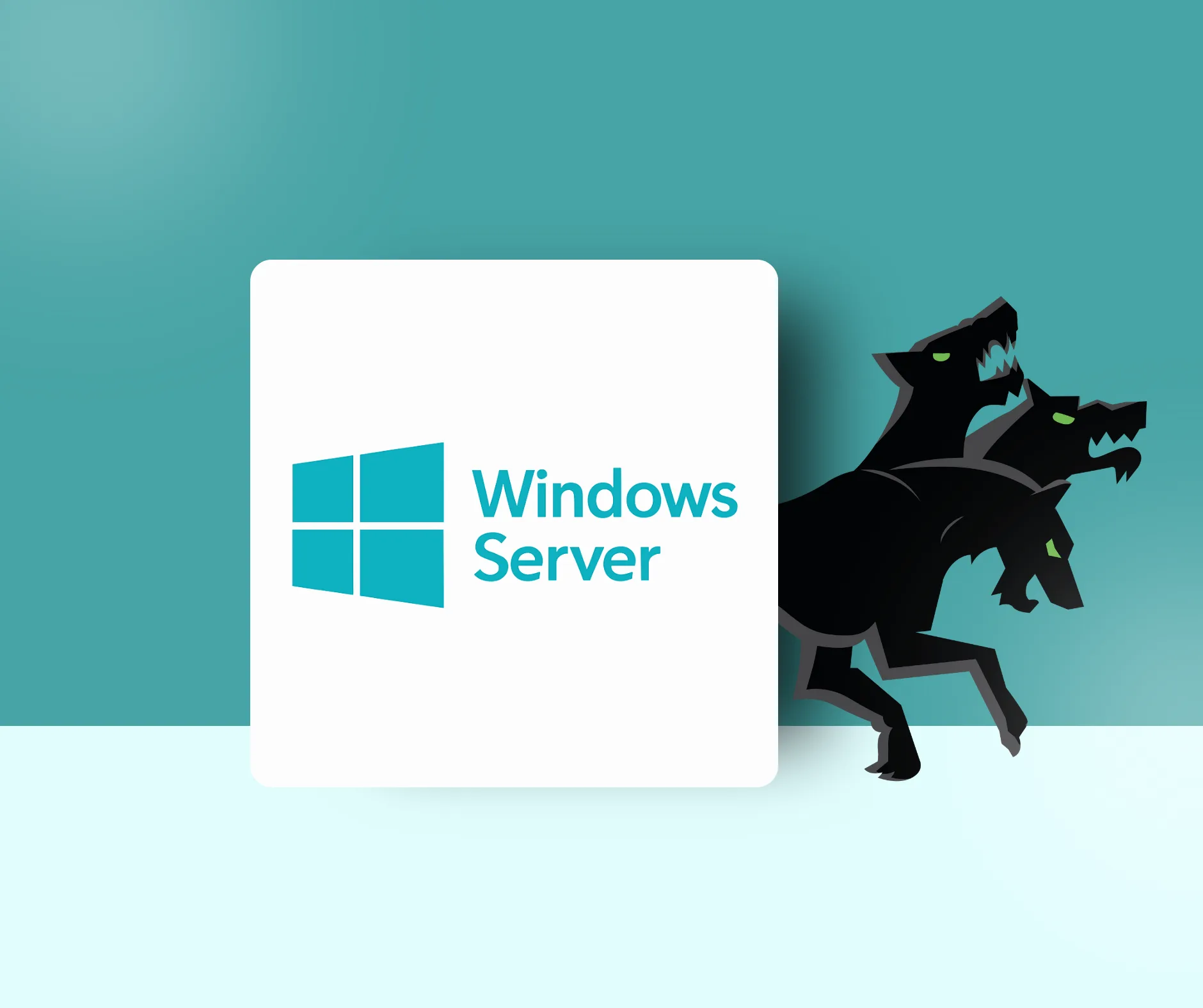In today’s edition, we will focus on three key benefits of Single Sign-On or SSO and the business case behind it.
The key benefits are:
- User experience
- Security breaches
- Downtime
In order to be able to go in-depth with these topics and understand the relation, one must first understand the concept behind SSO. Let’s start with the definition provided by Techopedia which states that:
Single sign-on (SSO) is an authentication process that allows a user to access multiple applications with one set of login credentials. SSO is a common procedure in enterprises, where a client accesses multiple resources connected to a local area network (LAN).
For the less tech-savvy people, the above-mentioned definitions could be simplified in the following way. An enterprise tends to have multiple services which it uses internally for everyday and business critical processes. Ranging from enterprise portals to business intelligence applications. As companies are conscious about their valuable data which they store on such services, they tend to have logins preventing simple access to those. Hence instead of having a separate login for every single service, with Single-Sign-On you enable your users to seamlessly login into multiple services.
User Experience with SSO
From a user experience point of view, Hypergate is designed for complete simplicity, perfect for the mobile user. With this solution pulling through the password across all of the relevant applications and services is history, users now have to remember only one password instead of having a different set of passwords for every single service. This is a great benefit because having to enter your credential repeatedly, as probably anyone who has experienced will agree that it is very disruptive for the workflow and can easily make one hesitant to use the device or services.
However, If there is only one Login, the password should be very strong. One may ask why the word ‘strong’ is bolded, well in today’s ever more interconnected world there are not only good people around, there are also dark entities trying to take profit of the weakest. More on his topic will follow.
By implementing a Single Sign-On strategy, you make your employees live easier and cut down on time wasted for inputting passwords.
Security Breaches
Have you been hacked? It is not a question of whether you have been hacked or not. It is a question when will you be hacked. Nevertheless, there are certain ways you can reduce the risk of being hacked or better make the life of a hacker harder. Just to give you an idea, here are some fast facts. According to the 2019 Verizon Data Breach Investigations Report and Cybint.
- 80 % of hacking-related breaches involved weak or compromised credentials.
- 95% of breaches target only 3 industries namely government, retail, and technology
- There is a hacker attack every 39 seconds
- In 2018 half a billion personal files were stolen
- By 2020 approximately 200 billion devices will be connected to the net ranging from cars to a fridge
- 95% of breaches are due to human error, namely weak passwords, opt-in on phishing activities
- It takes an average of 6 months for a company to detect a data breach
Through these facts, one may wonder why companies are so prone to data breaches. One of the facts states that 80% of the data breaches occur due to weak credentials. It shows how much more than ever it is important to have secure credentials which are not the passwords you use for other 26 logins. Such crucial errors could cost you your reputation as an individual and generate large costs for the company. If you would have to log into different applications at work every hour or so, what is your password gonna be like? Of course you don’t choose a password which takes one minute for every login. Forgetting the fact that the same password is used for other 15 applications. Therefore, if that one password falls into the hands of a hacker, it can be used to access all the other applications too. Sadly this is the case as many people are not taking the potential damage of such a small mistake into account.
Cost of breaches
When a security breach happens within your infrastructure, there are costs involved. Often however businesses do not take this seriously enough. How could a couple of files stolen harm your company in the first place? When such breaches happen the entity entering your infrastructure is looking to either steal as much data as possible, find single files or remotely have access to your PC.The result of such an event are devastating.
Regarding our previous post we emphasised on the damage such breaches have. Some fast facts:
(These figures relate to various forms of data breaches.)
3.92 Million USD
(Cost of Data Breaches on average)
25’000 Records
(Average size of breach)
8.19 million USD
(Average cost of breach in the US)
This could mean deals being sent out to customers or ruining your marketing campaign etc. These are just a few examples of the dimension such a breach can have on your business. Companies which had a Cybersecurity strategy set into place had on average incurred half of the costs, whereas companies without a strategy in place were hit hard.
Let’s not forget about Europe’s new GDPR laws which were set into place in may 2018. This initiative was brought up by the EU to protect consumers using the Internet. Under the different demands set into place, one of which was directly related to user’s passwords. This law Article 5(1)(f) states that personal data shall be:
Processed in a manner that ensures appropriate security of the personal data, including protection against unauthorised or unlawful processing and against accidental loss, destruction or damage, using appropriate technical or organisational measures
This law explicitly keeps the user safe from trouble. However for companies offering services where passwords are stored this is a nightmare. If customers store unsafe passwords with you you have to deal with the highest measures of security to keep them safe.
Stop wasting time!
Having on-prem authentication to log in to services used by your business can be cumbersome and time-consuming. Imagine you having to log into every application over again during the day. If you are using on-prem authentication Hypergate is exactly what you need. No infrastructure changes and improved user experience with a Seamless Single-Sign-On through Kerberos authentication. This allows your employees to access sensitive data through their mobile device fast ,easy and safe. Today, EMM solutions alone force the user to log themselves in every time. This causes lots of wasted time which could be easily avoided . If you are eager to know how Hypergate brings your costs down, try our interactive hypergate cost calculator down below.
[CP_CALCULATED_FIELDS id=”20″]
With this said there are quite a few positive aspects of single sign-on, however, when applied correctly. It would for instance not be safe to use single sign-on with a simple password as this could jeopardise the security. We have also seen that Security breaches cost many enterprises multiple millions of dollars and most of these breaches are caused due to weak credentials. Additionally, the type of infrastructure which your business is using could hide surprising costs after being implemented. Seamless single Sign-on by Haypergate is a perfect addition to your current EMM work platform and does offer a great deal of security when used in the correct way.

Hypergate Files
Is a very simple file browser that provides seamless access to on-premise network shares. Let your users collaborate freely with their teams and edit all files directly on their mobile devices. All file types are supported by their native apps, no special viewer, editor or custom implementation, just pure usability.

Hypergate Authenticator
Delivers a seamless and secure Single Sign-On solution integrating directly with Active Directory. The solution leverages industry standards like Kerberos to provide the best possible user experience without compromising on security. Save IT support costs by allowing your users to change or reset their expired passwords on their own devices, no computer needed.







